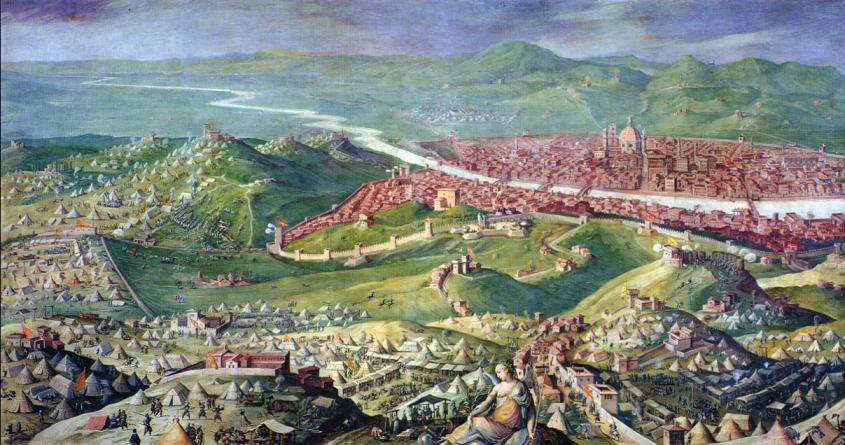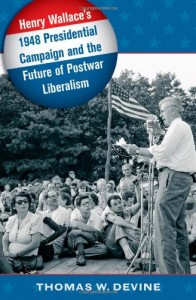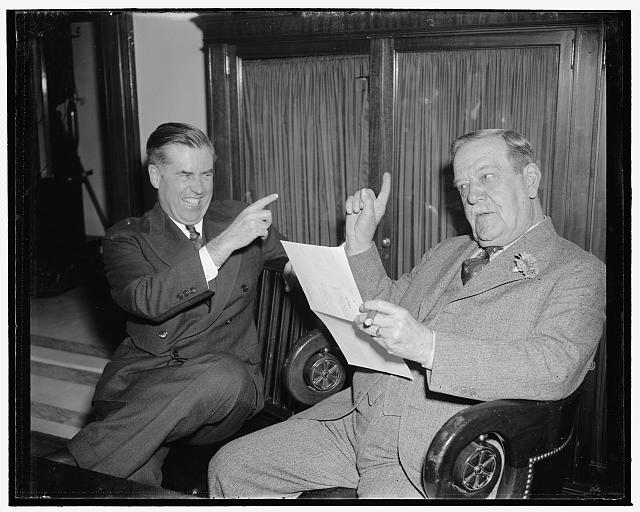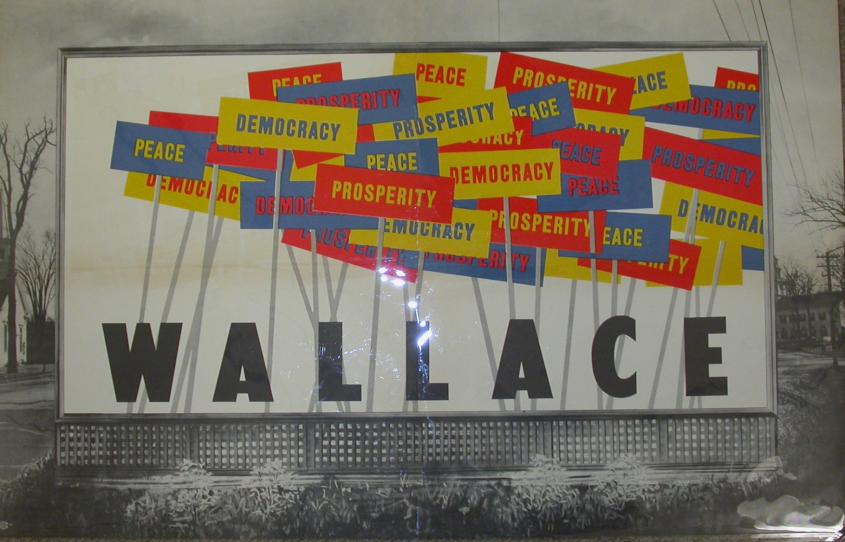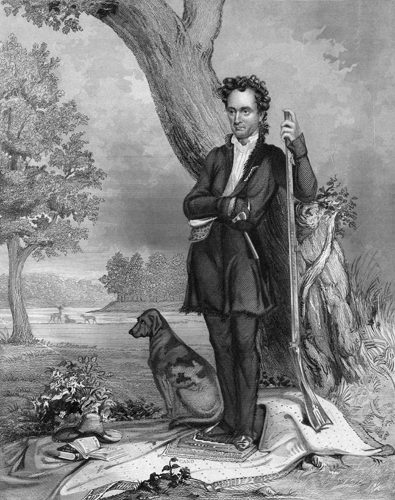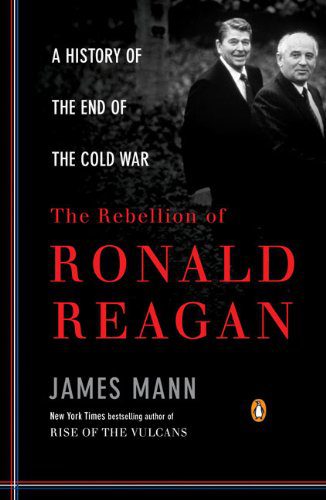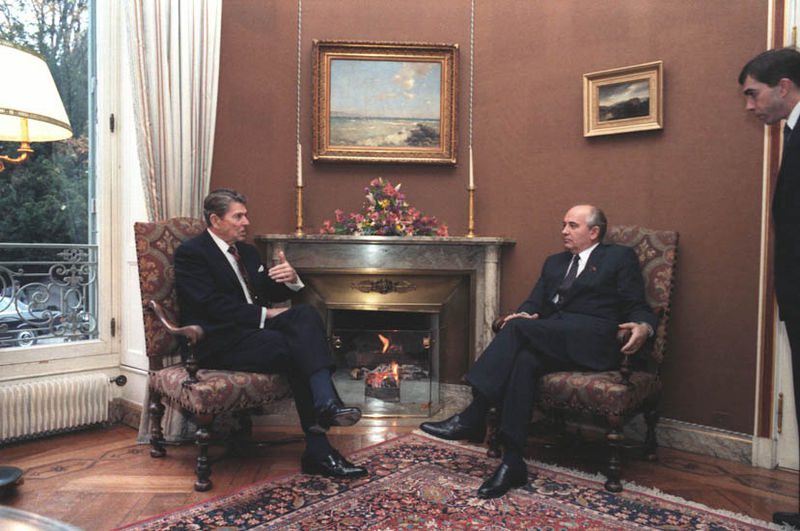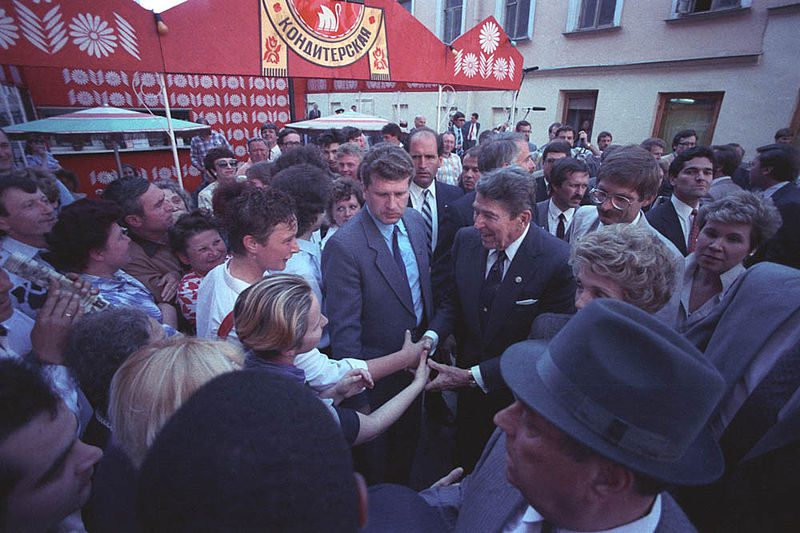by Kevin Baker
At the Battle of Stalingrad in January 1943, the German Wehrmacht looked hopeless. Hundreds of thousands of German soldiers had died, many were suffering from frostbite, and the Red Army had captured thousands more.  Yet in the soldiers’ private correspondence, many ordinary troops expressed an undying loyalty and belief in Adolf Hitler. They still believed that he would somehow save them from complete annihilation. In Hitler’s Army, Omer Bartov examined how ordinary soldiers endured the Second World War. Even in the end, according to Bartov, the army remained intact, with limited mutinies compared to the First World War. In the face of complete annihilation at the hands of the Red Army, the Wehrmacht continued fighting in a “war of ideologies:” German cultural survival vs. “Judeo” Bolshevism. By focusing on the Wehrmacht’s clash with the Soviet Union, Bartov illustrates the soldiers’ greatest triumphs and horrific defeats while still maintaining their ideological ethos. Bartov concentrates on the Nazi indoctrination that happened long before the war, but, argues that, “it was during the war, and most importantly on the Eastern Front, that the Wehrmacht finally became Hitler’s army” (12). The lynchpin that kept the soldiers fighting in unspeakable circumstances was Adolf Hitler. Even when ideology and propaganda proved less effective late in the war, the soldiers believed that Hitler would still lead them to victory.
Yet in the soldiers’ private correspondence, many ordinary troops expressed an undying loyalty and belief in Adolf Hitler. They still believed that he would somehow save them from complete annihilation. In Hitler’s Army, Omer Bartov examined how ordinary soldiers endured the Second World War. Even in the end, according to Bartov, the army remained intact, with limited mutinies compared to the First World War. In the face of complete annihilation at the hands of the Red Army, the Wehrmacht continued fighting in a “war of ideologies:” German cultural survival vs. “Judeo” Bolshevism. By focusing on the Wehrmacht’s clash with the Soviet Union, Bartov illustrates the soldiers’ greatest triumphs and horrific defeats while still maintaining their ideological ethos. Bartov concentrates on the Nazi indoctrination that happened long before the war, but, argues that, “it was during the war, and most importantly on the Eastern Front, that the Wehrmacht finally became Hitler’s army” (12). The lynchpin that kept the soldiers fighting in unspeakable circumstances was Adolf Hitler. Even when ideology and propaganda proved less effective late in the war, the soldiers believed that Hitler would still lead them to victory.
Bartov explains how the Nazis gradually eradicated many traditional army practices and transformed the Wehrmacht into Hitler’s army. Historically, until 1933, the German army remained a depoliticized separate entity from the state. He centers first on the traditional “primary groups” (soldiers that all came to the unit together) that bolstered unit cohesion and morale. Next, Bartov explains the importance of primary groups in the German army as expressions of esprit de corps and maintaining strong morale. After massive casualties during 1941’s Operation Barbarossa, replacements were too heterogeneous to form new groups and the Wehrmacht slowly lost its traditional formation. By emphasizing that primary groups only lasted a short while and most officers died, Bartov shows that these traditional roles did not play a significant part in maintaining cohesion and loyalty.

Bartov further argues that Hitler’s army endured the war through a perversion of discipline. The Wehrmacht leaders used draconian punishments and martial law to maintain order, which were new forms of discipline created by the Third Reich. The smallest infractions led to harsh penalties and any semblance of shirking or purposefully escaping death led to the death penalty. The harsh discipline resulted in a brutalization of the German army on the Eastern Front whereas the soldiers had carte blanche to terrorize the local populations with impunity. These two brutal aspects of war held the army together.

Finally, Bartov examines the role Nazi ideology played in distorting the soldiers’ perceptions of reality. Through memoirs, diaries and private correspondence by ordinary soldiers and generals, he shows that late in the war the soldiers “preferred to view the reality they knew best through the ideological factors of the regime” (8). During and after the Third Reich an inversion of reality took place. Soldiers concentrated on the physical hardships they endured while repressing and “normalizing” its inherent criminality.
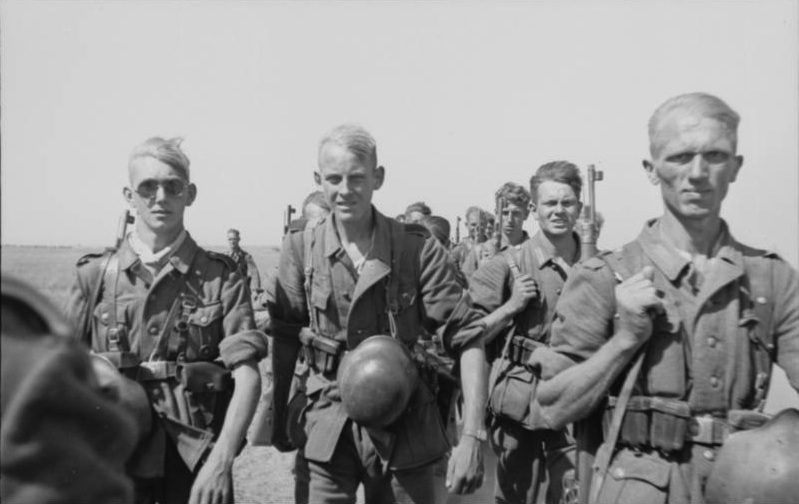
Bartov posits that the army became an integral, not separate, entity of the Nazi regime. His study places emphasis on the Wehrmacht as the people’s army and a reflection of the civilian regime with its motivations, propaganda, and ideology. It became a tool of the regime and no matter the social or religious background of its members, Wehrmacht soldiers committed atrocities against those they perceived as “subhumans.” Even to the bitter end, their belief in Hitler’s “salvation,” held units together.
Photo Credits:
Adolf Hitler meeting with generals Friedrich Paulus and Fedor von Bock in Poltawa, German-occupied Ukraine, June 1942 (Image courtesy of Wikimedia Commons/Bundesarchiv, Bild 183-B24543 / CC-BY-SA)
Wehrmacht infantrymen in the Soviet Union, 1941 (Image courtesy of Wikimedia Commons/Bundesarchiv, Bild 146-1989-030-27 / CC-BY-SA)
Wehrmacht infantrymen marching across the Russian steppes, 1942 (Image courtesy of Wikimedia Commons/Bundesarchiv, Bild 101I-217-0465-32A / Klintzsch / CC-BY-SA)
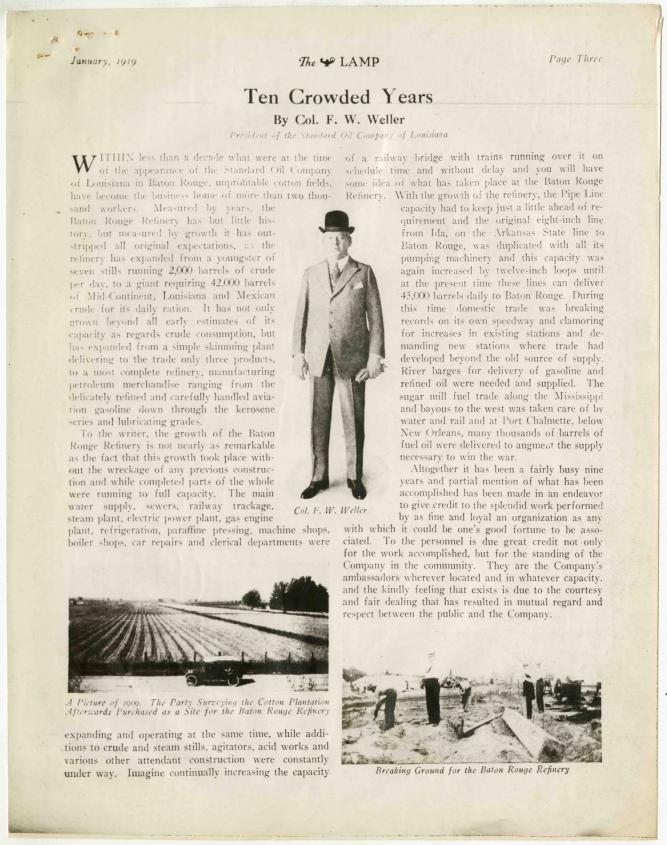


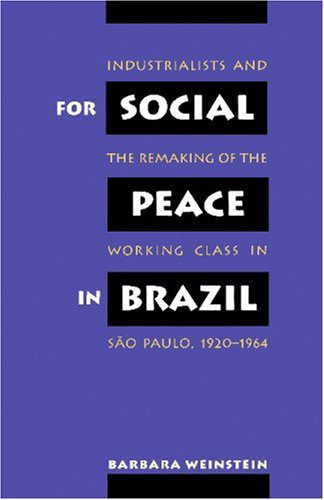 Founded during the 1940s, these agencies were the vessels through which Paulista industrialists, technocrats and educators advanced their agenda of “rationalized organization” and “scientific management,” promoting the idea that professional authority and technical expertise were necessary to modernize Brazilian society.
Founded during the 1940s, these agencies were the vessels through which Paulista industrialists, technocrats and educators advanced their agenda of “rationalized organization” and “scientific management,” promoting the idea that professional authority and technical expertise were necessary to modernize Brazilian society.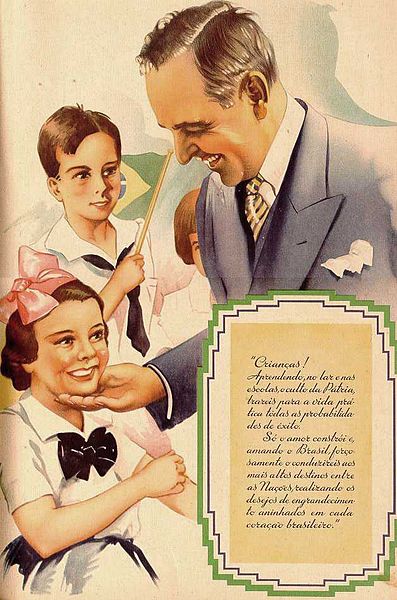

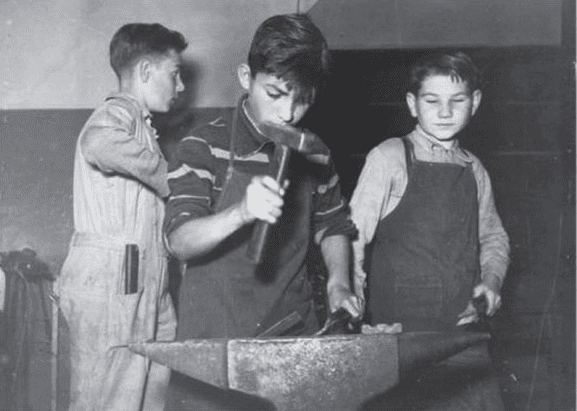

 “I judge that it might be true that fortune is arbiter of half of our actions, but also that she leaves the other half, or close to it, for us to govern. And I liken her to one of these violent rivers which, when they become enraged, flood the plains, ruin the trees and the buildings, lift earth from this part, drop in another; each person flees before them, everyone yields to their impetus without being able to hinder them in any regard. And although they are like this, it is not as if men, when times are quiet, could not provide them with dikes and dams so that when they rise later, either they go by a canal or their impetus is neither so wanton nor so damaging.”
“I judge that it might be true that fortune is arbiter of half of our actions, but also that she leaves the other half, or close to it, for us to govern. And I liken her to one of these violent rivers which, when they become enraged, flood the plains, ruin the trees and the buildings, lift earth from this part, drop in another; each person flees before them, everyone yields to their impetus without being able to hinder them in any regard. And although they are like this, it is not as if men, when times are quiet, could not provide them with dikes and dams so that when they rise later, either they go by a canal or their impetus is neither so wanton nor so damaging.”